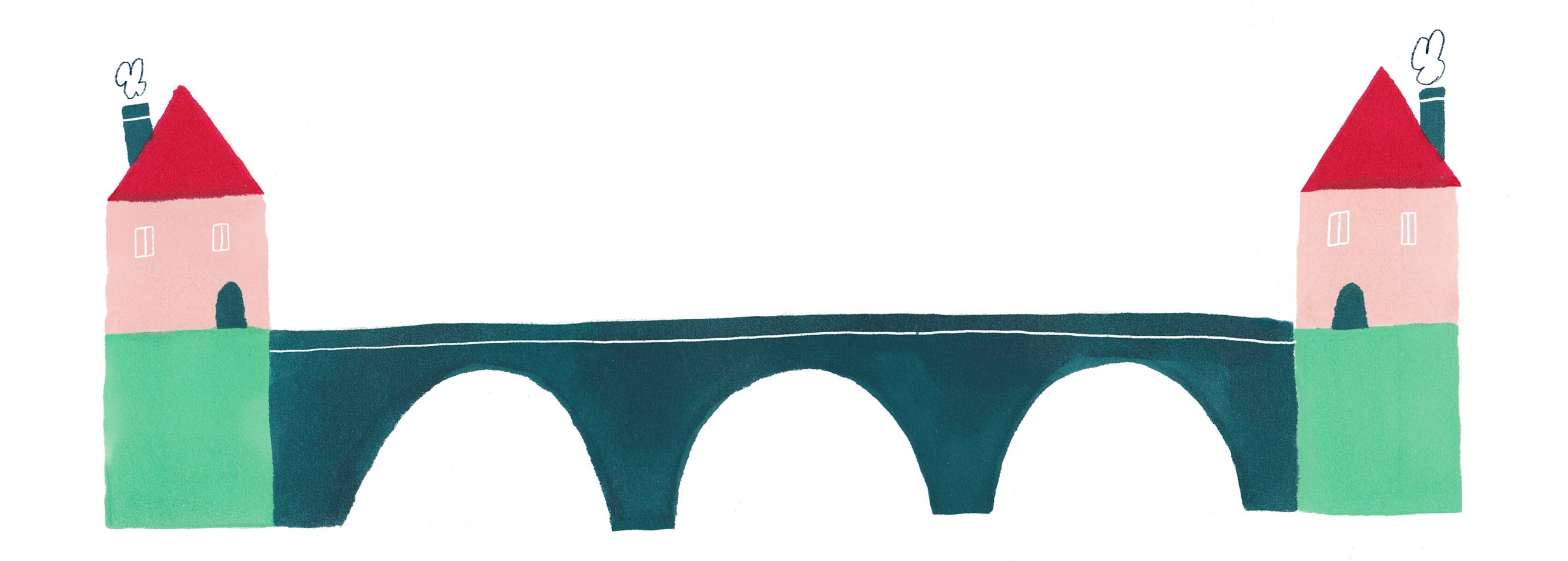My coworker Miguel recently published an interesting article about Business Design that I recommend reading:
Towards the end, he lists three ways in which this ‘new’ discipline can add to the more traditional design practice:
Business Design has the capability to enrich Design in order to address what is behind the tension between reliability and validity. It can help us leave those pretexts behind. Essentially, it can do so in three ways:
With a better understanding of the business model where the design will live — the most over-talked yet ignored design systems.
Through the introduction of business impact criteria in design decision making — not calculating the ROI of each and every decision, but opening a conscious reflection space and new constraints to consider while designing.
In some cases, using elements of the business model as part of the design space — things ranging from the pricing model to how the product or service is provided.
I agree with this list and, while I have seen variations of these three propositions applied successfuly, I have also witnessed failure. Tackling business impact considerations, or focusing on a specific part of the business model at a time where an organization is not ready to do it, can be counterproductive. So can be having certain conversations with the wrong people in the room.
The iPod was launched in 2001. Two years later, Apple announced that customers would be able to purchase music through iTunes.
The iPhone was launched in 2007. A year later, the App Store opened, making the device more attractive for users, and creating a new market for software developers.
Fast forward to 2018, and these services make up to 18 % of the company revenue. Almost a dollar out of every five was not planned for. Or better, was planned for just at the right time.

Illustration by Silvia Fernández Palomar
Design is in a unique place to unlock new business opportunities. Thoughtfully created products enable new behaviors, and with tomorrow’s habits come possibilities underserved by the businesses of today.
But creating those tomorrows requires a tremendous focus, and adding new items to the agenda can blur the path to success.
We are getting better designing at the experience level, and business units and innovation departments do their job making sure different parts of the model are evolved.
What I miss in design consulting —and this is a message to colleagues, to competitors and to myself, but also and specially to clients — is the mindset to bridge the gap. An acknowledgment that there will be a gap between the opportunities that come with a successful experience (a new market) and a new revenue stream, a new value proposition, a new partnership or resource, or a new line of business altogether, and a plan to face it. It involves taking something that has been learned, either on the product side or on the customer side (usually in the middle), modeling a business (or part of it), getting buy-in for a new plan, and, having secured funding, connect with its execution.
My hunch, I was trying to explain, is that making this piece part of an original design effort (say when you are redesigning your website or creating a new product) can be counterproductive: it can drag the design downwards, confuse the original goals, or slow things down, increasing the time to market.
If this makes sense to you and you work in-house, I would love to learn about what are some ways this gap is currently bridged in your organization.
And, regardless of whether it does or doesn’t make sense to you, or whether you are a business designer or just someone with an opinion, I would also like to hear your thoughts.